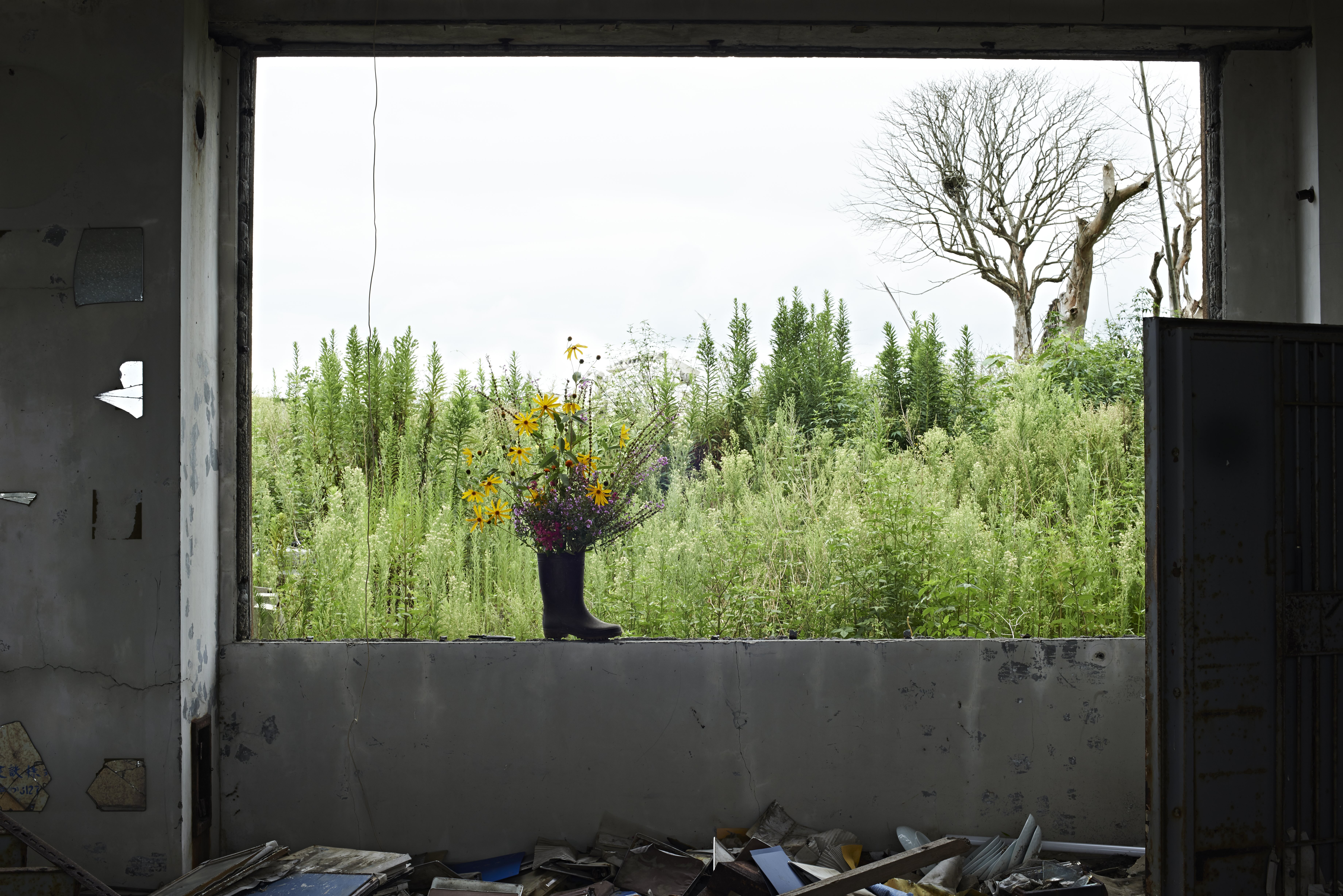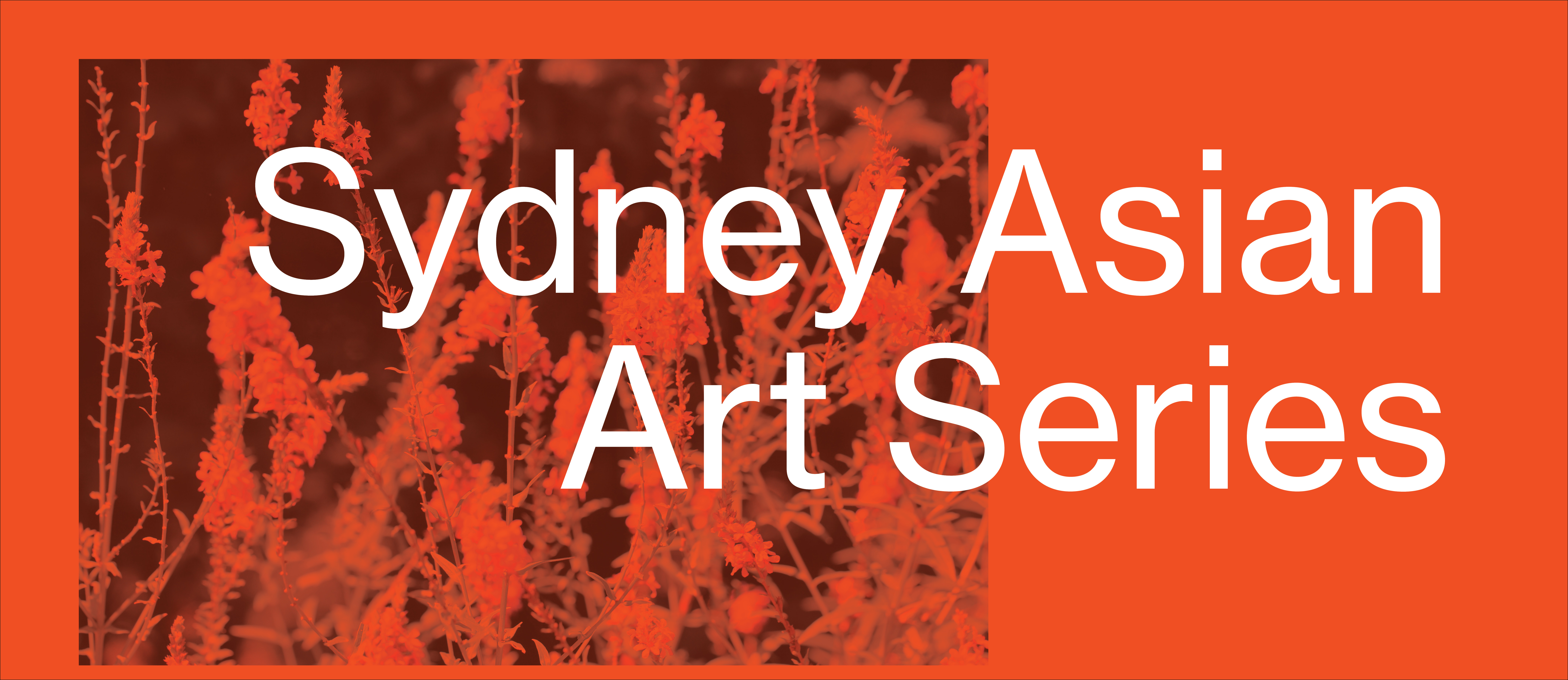A Future for Memory: Care and Healing after 3.11

A lecture by Fuyubi Nakamura on her fourteen years of engagement with the people and landscape affected by the Great East Japan Earthquake of 2011.
Rescued, damaged photos found in Yamamoto-chō in Watari District, Miyagi Prefecture at A Future for Memory at MOA, 2021. Photo by Alina Ilyasova. Courtesy of the Lost & Found Project and the Museum of Anthropology at UBC, Vancouver, Canada.
What would we look for if our hometown were swept away? On March 11, 2011, Japan was rocked by a 9.0 magnitude earthquake that caused tremendous damage to the Great Eastern region, especially the northeastern region known as Tohoku. This lecture reflects on the past fourteen years of my engagement with the people and landscape affected by the Great East Japan Earthquake or 3.11. Since my initial engagement in Miyagi Prefecture in 2011, my project has involved working with local residents including museum professionals in the disaster areas in Tohoku, as well as various volunteer groups and artists across Japan and beyond.
Series convened by Olivier Krischer and Peyvand Firouzeh, and co-presented by the Power Institute and VisAsia at the Art Gallery of NSW.
People

Fuyubi Nakamura
Fuyubi Nakamura (中村冬日) is a sociocultural anthropologist and curator originally from Tokyo and trained in the UK, currently working at Museum of Anthropology and Department of Asian Studies, University of British Columbia, Vancouver. Her research through exhibition curation includes Traces of Words: Art and Calligraphy from Asia (2017) and A Future for Memory: Art and Life after the Great East Japan Earthquake (2021), the recipients of the 2018 Canadian Museum Association Award of Outstanding Achievement in Research and the 2022 Michael M. Ames Prize for Innovative Museum Anthropology, respectively. Her publications include Asia through Art and Anthropology (Bloomsbury Academic, 2013) and Hokkaidō 150: Settler Colonialism and Indigeneity in Modern Japan and Beyond (Critical Asian Studies, 2019).


